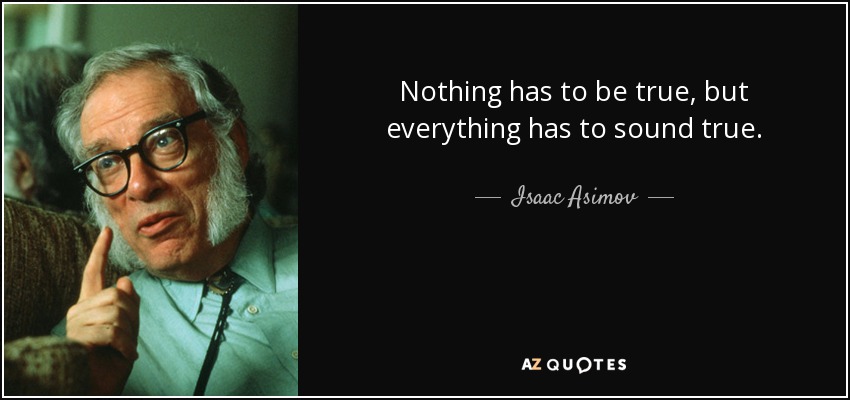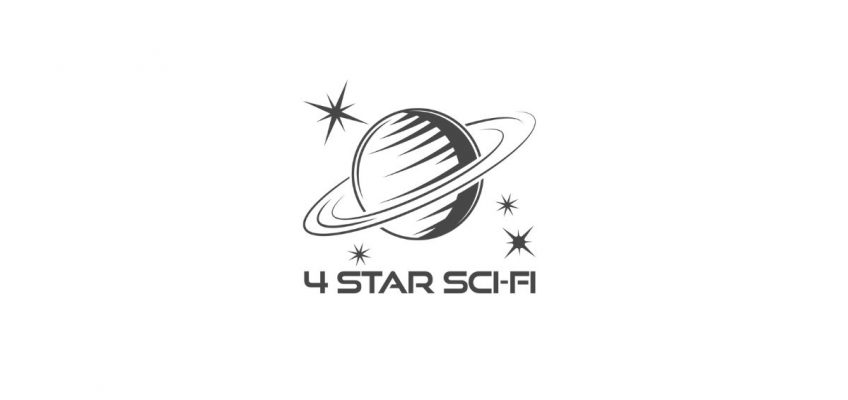In the course of my research, I found that what I’ve always strived to do in my sci-fi writing has a name and a set of rules.
Let me explain.
I’m a sucker for realism, as well as adhering to the maxim of Isaac Asimov

I’ve always based the science in my novels on facts, which I’ve stretched in a possible and plausible way to create the technology of my worlds. Both the worlds of the future and of the alternative now.
And it turns out the art of doing this is called Rubber Science. Here’s the definition I found, with some of its necessary components.
Rubber science is a science fiction term describing a quasi-scientific explanation for an aspect of a science fiction setting. Rubber science explanations are fictional but convincing enough to avoid upsetting the suspension of disbelief. Rubber science is a feature of most genres of science fiction, with the exception of hard science fiction. It is also frequently invoked in comic books.
- Explanations must feel scientifically correct and have internal consistency.
- Principles used for plot purposes must be planted in the reader’s mind long before they are used as plot elements.
- Concepts shouldn’t be over-explained; a theoretical basis is sufficient.
- When creating a new science, authors should pay attention to how established sciences evolve.
- Interfacing two or more existing sciences will create a plausible new science.
- Plausibility can be lent by systematizing terminology and relating it to existing human knowledge by choosing words for metaphorical resonance.
- Rubber science can be solidified with believable hardware.
- Rubber science can “contribute to the dialectic of scientific evolution” as a tool for intellectually exploring the unknown.
This is very exciting to a person like me, because I’ve been dabbling in this “science” for the last ten years without realising it.
In that time, I’ve “invented” several things, all used in my worlds, and all based on real science. I’ve also developed logical and reasonable explanations for them.
Such as,
The Padgett Inverter, a device which is based on the ground-breaking work of Christopher Padgett. It enables faster-than-light travel by a plausible application of the Bernoulli principle to light waves. The device was named by my wife, perhaps she’s a rubber scientist too?
A means of producing electricity to charge portable devices by using a type of miniaturised water wheel generator. After “inventing” this, I found that it actually exists, in a larger form)
Prosthetic limbs, powered by clockwork and controlled by what remains of the wearer’s nerves, connected through micro-surgery.
Robotic humans that are controlled in the same way, using nano and xenobots to create a wireless neural net.
Farms in space, both hydroponic and conventional.
Vehicles powered by magnetic induction, with power cables laid in the roads.
Solar panels, sewn onto ship’s sails, driving propellers to provide extra speed and producing power for the crew’s use.
Not to mention the worlds and locations themselves.
A city under a giant dome on an airless planet, using the pressure in the atmosphere to help support its weight and hold it up.
Another city, sealed into the caves of Mars.
A space station, and a method of mining the rocks in Saturn’s rings for valuable elements.
The solar system’s first interplanetary cruise liner.
A device for neutralising the danger from wild animals.
If you want to know more about them and how I made them work, while keeping within the bounds of the rules of Rubber Science, you’ll just have to read the books they appear in.
I’d love to get your comments, please leave them below. While you’re here, why not take a look around? There are some freebies and lots more content, about me, my writing and everything else that I do. You can join my newsletter for a free novella and more news by clicking this link.

![]()



Leave a Reply